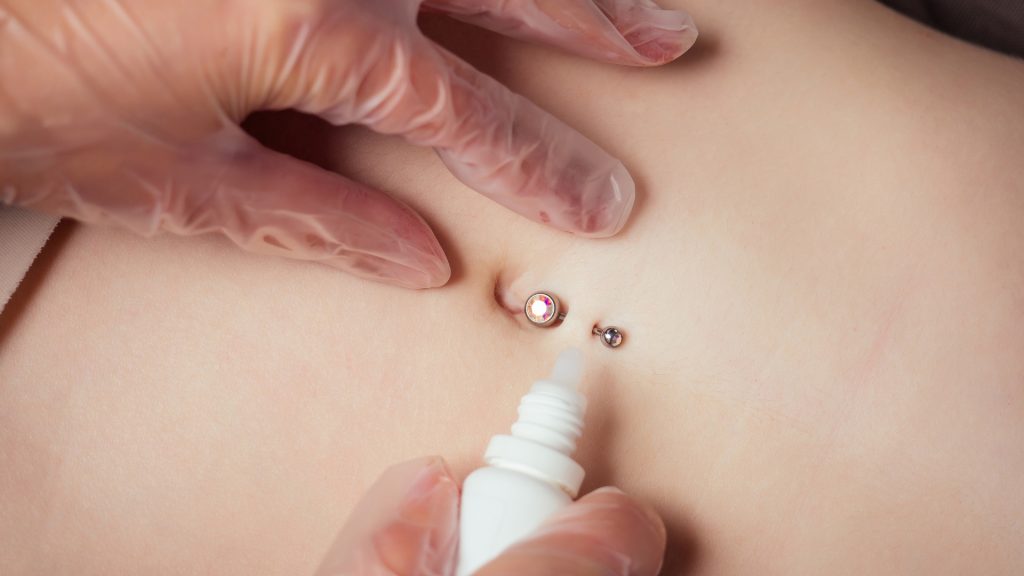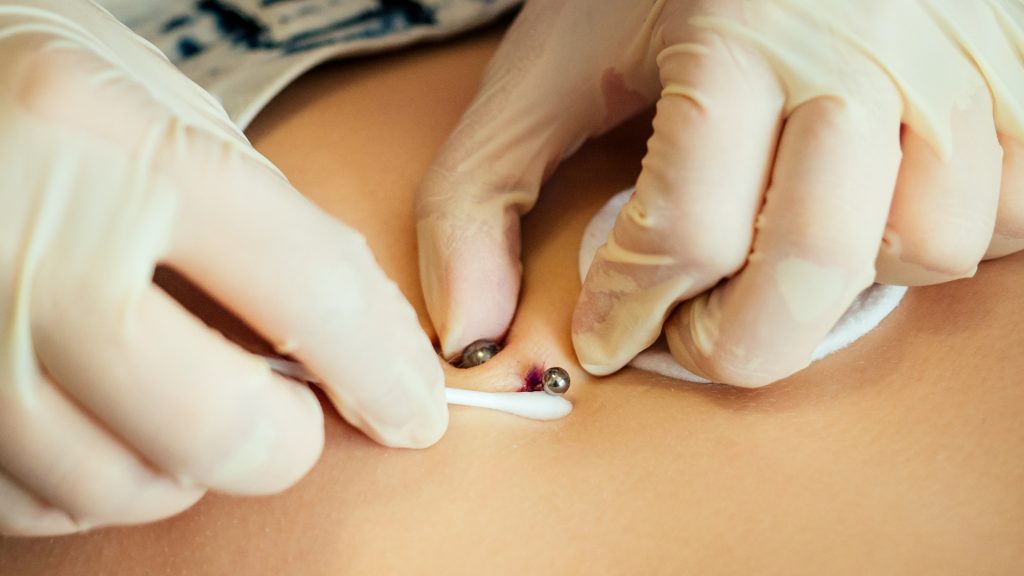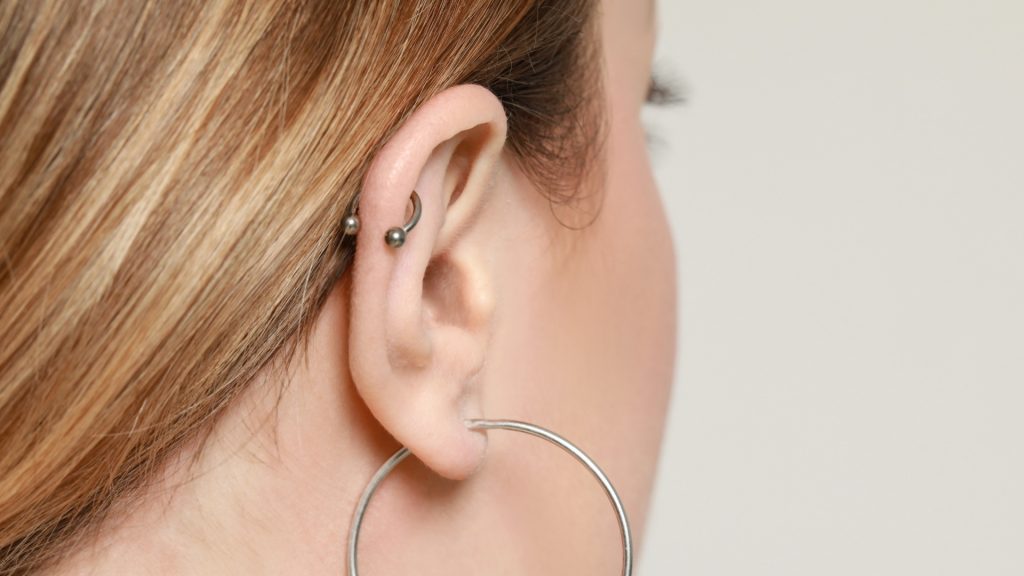So you have decided to adorn your body with new piercing jewellery, and it is like your brain telling you, “Hey, let’s do this fun game”. But your body, well, you can’t ignore the signs it shows. It needs a little time to catch up with the new hole in it.
Clearly, a new piercing is like an open wound, and your body alerts the brain about it. Even with a good cleaning routine, some piercings got rejected or infected. Sometimes, your body tries to push out the jewellery, no matter how cute it looks. This usually happens when the piercing is not properly healed. So why does this happen, actually? Why does our body reject the piercings sometimes? Clearly, it is rare, but it can pop up in the first few weeks or even in a month after you get your favrouite cute and trendy body jewellery.
Here are some factors that deliberately contribute to piercing rejection:

- Location Matters: Some parts of your body are not pro piercers and may reject the invasion of new jewellery. When we say location matters, it means some parts are not suitable for piercings, like flat areas. If you have tight skin, it can put extra pressure on the piercing too.
- Piercing Type: Certain piercings, like the surface or dermal piercing jewellery, have the tendency to say, no, thank you, I won’t stay here for long. They don’t go as deep as you see, and most of the time, your body rejects them.
- Genetics Play a Role: We can’t deny the role of genetics in piercing healing. Sometimes, it is in your family history, or you have sensitive skin by birth. In such situations, be extra mindful of your piercings and take proper care to prevent rejection.
- Watch Out for Allergies: Yes, premium quality body piercing jewellery is always nickel-free. But if your favrouite piece contains too much nickel, it might spark a reaction, leading to rejection or even an infection. Now, you have to keep in mind your allergies.
- Body Changes Matter: If your body goes through big changes, like sudden weight loss, gain, or pregnancy, your piercing might feel the stretch. That can affect how it heals.
- Sickness or Infection: When you’re sick, your body is on high alert. Sometimes, it decides a piercing is not its cup of tea.

Signs of Piercing Rejection
Okay, but how do you know if your piercing is giving you the cold shoulder? Look out for signs like:
- Skin Changes: If the skin around your piercing looks thinner or tighter, or if the colour changes, rejection might be knocking on the door.
- Migration: If your jewellery starts wandering away, rejection might be on the horizon. Even if it isn’t fully rejected, it won’t look the way you hoped.
- Inflammation Sticking Around: Some redness and swelling are normal at first, but if it hangs around for too long, it’s a sign to pay attention. Other signs, like callouses or peeling skin, could also be trouble.
Can you save a rejecting piercing?

Chat with your piercer. They might suggest taking it out to avoid more issues. If caught early, changes like switching to safe piercing jewellery options might help. But if it’s out, wait for the area to fully heal before trying again.
Now, how about preventing rejection in the first place? Here are some tips:
- Pick a Pro: Go to a real piercing pro. Don’t trust your body to someone with a piercing gun and no clue. Pros use needles and know their stuff.
- Keep It Clean: Follow the aftercare plan! Clean piercings heal better and faster. Ask your piercer for tips and tricks.
So, there you have it. Piercings are cool, but your body might need some time to warm up to the idea. Take care and happy piercing!
